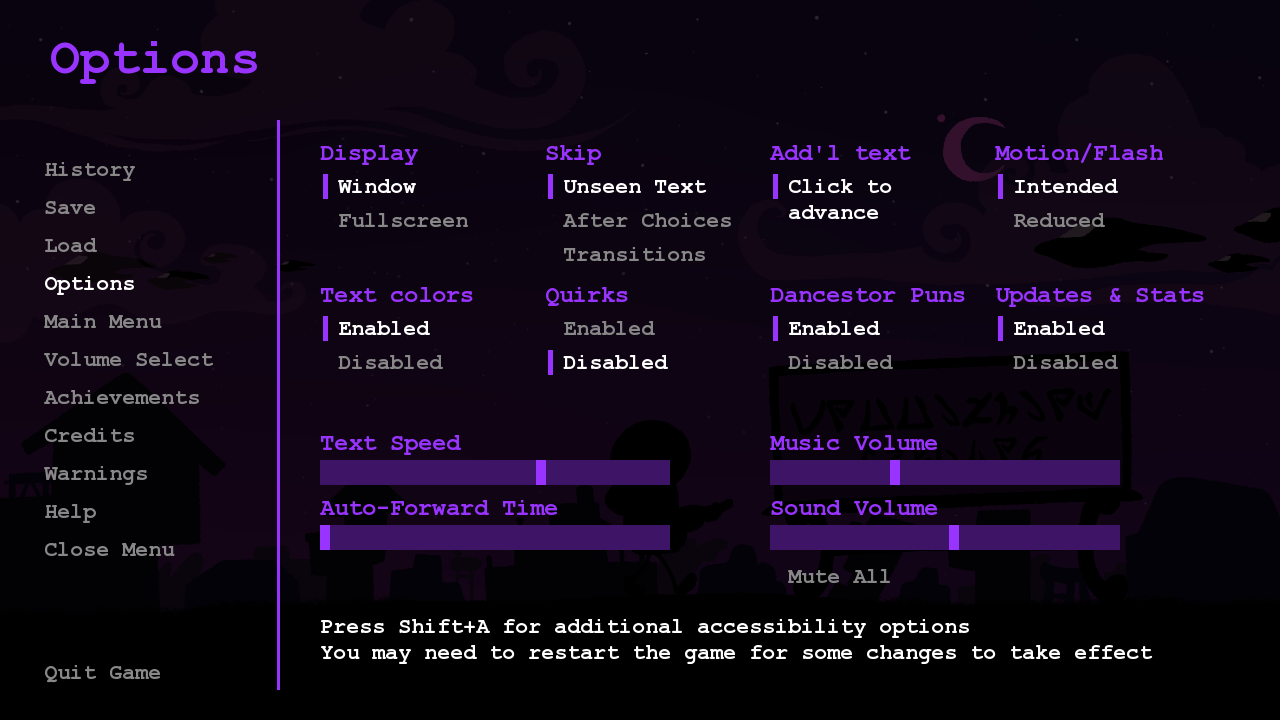YoYo Games announced today that they’re switching GameMaker to a subscription model. You know, I was planning on doing a high-effort article about this some day, but what the heck, let’s do it now.
First, here are the actual details of the GameMaker change. Instead of buying development tools you can use to develop things, YoYo is making its latest version of GameMaker — GameMaker Studio 2 — free to use. You can download it for free, learn how it works, and invest as much time making your game in it as you want. You only have to pay if you want to ship a game. And if you decide you really want to ship your game, it’s a whopping $80/yr for as long as you want your game on the shelves.
Subscriptions
This idea of a company turning a product into a subscription service is probably familiar to you. Famously, Photoshop and Adobe’s other creative products switched from one-time purchases of software to indefinite recurring subscription fees, after having locked in most of the creative industry.
Earlier this year, a very similar thing happened with Buildbox, another “no code” game maker program. Buildbox changed their terms and conditions to demand revenue from all Buildbox games, including games and in-app purchases. In the normal tier, 70% of your total revenue goes straight to Buildbox. Even if you’re in the highest tier, you can’t stop them siphoning your revenue.
 Your engine hasn't earned your rent
Your engine hasn't earned your rent
 20 Absolutely True Things about Sonic '06
20 Absolutely True Things about Sonic '06
 Positioning Things in Ren'py
Positioning Things in Ren'py

 “I love my car, I just hate my engine”
“I love my car, I just hate my engine”